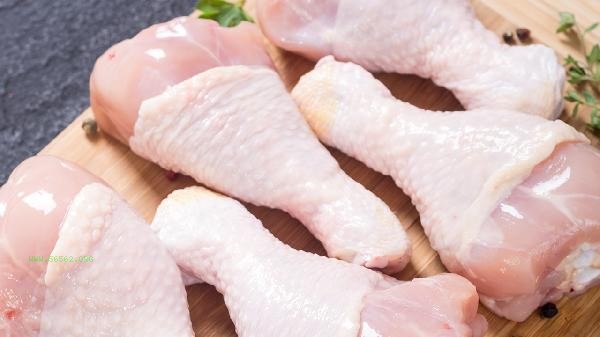Lowering blood pressure can be achieved through a balanced diet, with common methods including reducing sodium intake, increasing potassium intake, and choosing foods rich in dietary fiber. Dietary adjustments are an important means of controlling hypertension, and when combined with other lifestyle changes, the effect is even better.

1. Reduce sodium intake. Excessive intake of sodium salts is one of the important factors leading to hypertension. It is recommended to limit daily salt intake to less than 5 grams and avoid consuming pickled foods, processed foods, and high salt seasonings. Low sodium salt can be chosen as a substitute for regular salt, and natural seasonings such as spices and lemon juice can be used during cooking to reduce dependence on salt.
2. Increase potassium intake. Potassium helps balance the sodium content in the body and lower blood pressure. Foods rich in potassium include bananas, oranges, spinach, potatoes, and beans. Consuming sufficient potassium every day can help maintain vascular health and reduce the risk of hypertension. Individuals with renal insufficiency should control potassium intake under the guidance of a doctor.

3. Choose foods rich in dietary fiber. Dietary fiber helps to lower cholesterol, improve vascular function, and thus assist in controlling blood pressure. Whole grains, oats, brown rice, vegetables, and fruits are all good sources of dietary fiber. Consuming 25-30 grams of dietary fiber per day can help maintain healthy blood pressure levels.
4. Control fat intake. A high-fat diet increases the risk of cardiovascular disease, which in turn affects blood pressure. It is recommended to choose low-fat dairy products, lean meat, and fish, and reduce the intake of saturated fat and trans fat. When cooking, use healthy oils such as olive oil and rapeseed oil, and avoid fried foods and high-fat snacks.
5. Moderate intake of magnesium rich foods. Magnesium helps relax blood vessels and lower blood pressure. Nuts, seeds, whole grains, and leafy vegetables are all good sources of magnesium. Moderate daily intake of these foods can help maintain vascular elasticity and reduce the risk of hypertension. Reducing blood pressure requires comprehensive dietary adjustments, reducing sodium intake, increasing potassium and dietary fiber intake, controlling fat intake, and moderate intake of magnesium rich foods, all of which are effective methods. Combining moderate exercise, quitting smoking and limiting alcohol consumption, and maintaining a good psychological state can better control blood pressure levels. Long term adherence to a healthy lifestyle can help prevent and improve hypertension, and reduce the risk of cardiovascular disease.









Comments (0)
Leave a Comment
No comments yet
Be the first to share your thoughts!